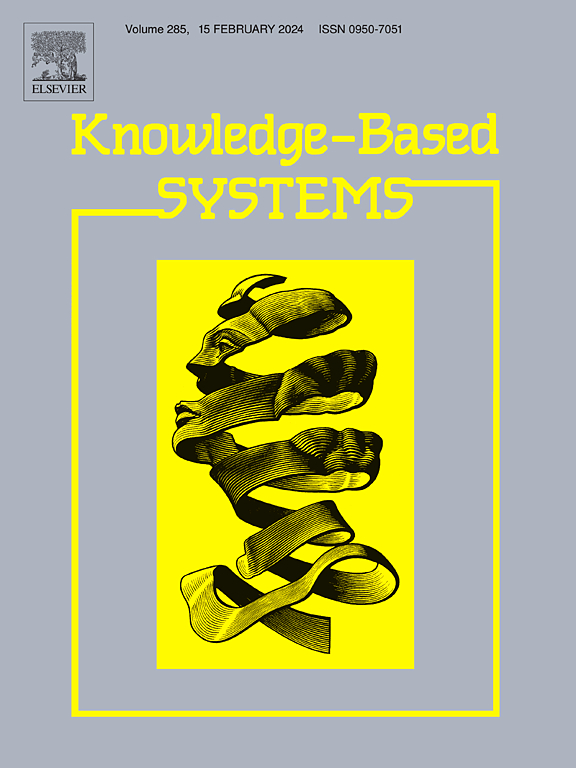A spatial–spectral and temporal dual prototype network for motor imagery brain–computer interface
IF 7.2
1区 计算机科学
Q1 COMPUTER SCIENCE, ARTIFICIAL INTELLIGENCE
引用次数: 0
Abstract
Motor imagery electroencephalogram (MI-EEG) decoding plays a crucial role in developing motor imagery brain–computer interfaces (MI-BCIs). However, decoding intentions from MI remains challenging due to the inherent complexity of EEG signals relative to the small-sample size. To address this issue, we propose a spatial–spectral and temporal dual prototype network (SST-DPN). First, we design a lightweight attention mechanism to uniformly model the spatial–spectral relationships across multiple EEG electrodes, enabling the extraction of powerful spatial–spectral features. Then, we develop a multi-scale variance pooling module tailored for EEG signals to capture long-term temporal features. This module is parameter-free and computationally efficient, offering clear advantages over the widely used transformer models. Furthermore, we introduce dual prototype learning to optimize the feature space distribution and training process, thereby improving the model’s generalization ability on small-sample MI datasets. Our experimental results show that the SST-DPN outperforms state-of-the-art models with superior classification accuracy (84.11% for dataset BCI4-2A, 86.65% for dataset BCI4-2B). Additionally, we use the BCI3-4A dataset with fewer training data to further validate the generalization ability of the proposed SST-DPN, achieving superior performance with 82.03% classification accuracy. Benefiting from the lightweight parameters and superior decoding performance, our SST-DPN shows great potential for practical MI-BCI applications. The code is publicly available at https://github.com/hancan16/SST-DPN.
求助全文
约1分钟内获得全文
求助全文
来源期刊

Knowledge-Based Systems
工程技术-计算机:人工智能
CiteScore
14.80
自引率
12.50%
发文量
1245
审稿时长
7.8 months
期刊介绍:
Knowledge-Based Systems, an international and interdisciplinary journal in artificial intelligence, publishes original, innovative, and creative research results in the field. It focuses on knowledge-based and other artificial intelligence techniques-based systems. The journal aims to support human prediction and decision-making through data science and computation techniques, provide a balanced coverage of theory and practical study, and encourage the development and implementation of knowledge-based intelligence models, methods, systems, and software tools. Applications in business, government, education, engineering, and healthcare are emphasized.
 求助内容:
求助内容: 应助结果提醒方式:
应助结果提醒方式:


